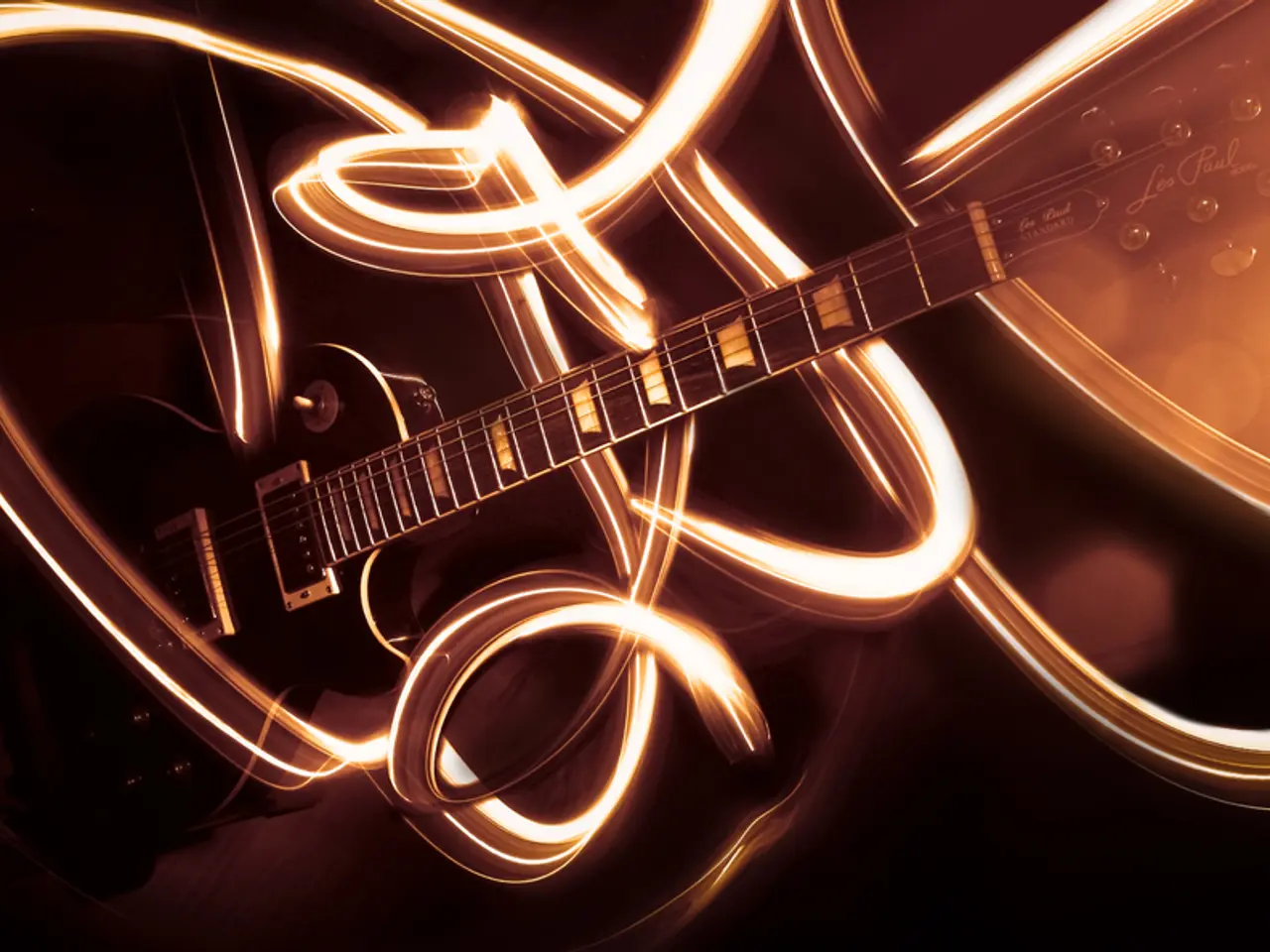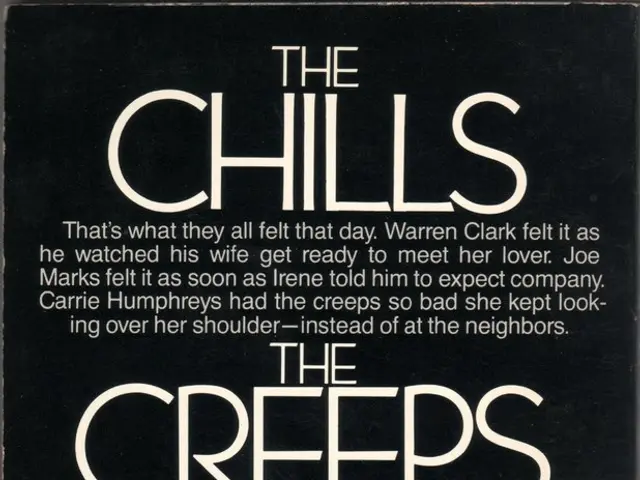Exploring the Unique Acoustic Characteristics of Plate Reverbs
==============================================================
Plate reverb, once a physical, mechanical effect, has evolved into a widely emulated digital effect prized for its smooth, dense, and bright reverberation. This versatile tool is particularly popular in pop and studio recordings, adding a distinctive studio-quality "sparkle" and spaciousness to vocals and drums.
Key Differences Between Plate and Other Reverb Types
Compared to other reverb types like spring reverb, plate reverb stands out for its smooth, rich, bright, and dense sound with a silky tail. The mechanism behind plate reverb involves a thin metal sheet that vibrates inside an enclosed case, producing a dense and velvety reverb effect. On the other hand, spring reverb uses coils of metal springs that vibrate, resulting in a more metallic, bouncy, and "shabby" sounding reverb.
| Feature | Plate Reverb | Spring Reverb | |-------------------------|------------------------------------------------------|------------------------------------------------------| | Mechanism | Metal plate vibrated by a transducer inside a box | Coil(s) of metal springs that vibrate | | Sound Character | Smooth, rich, bright, and dense with a silky tail | Metallic, bouncy, "shabby" sounding with midrange cut | | Typical Uses | Vocals, drums, pop mixes to add shine and space | Guitar amps, adding a classic vintage “twang” feel | | Spatial Quality | Less natural but smooth, requires less mix space | Often has pronounced "boingy" resonances | | Frequency Response | Treble-rich with the ability to slightly "smear" consonants for smoothness | Can aggressively eat up mid frequencies, less smooth| | Physical Size | Larger and more delicate needed for acoustic plates | Smaller and common in vintage equipment |
Digital Emulations and Plugins
Over time, digital emulations and plug-ins of plate reverb have become standard tools, offering consistent, controllable reverb with the classic plate sound without the physical limitations and fragility of original hardware. These digital forms preserve plate reverb’s unique tonal character while integrating easily into modern digital audio workflows.
Popular options include Waves Abbey Road Plates, Valhalla Plate, and the Soundtoys Little Plate, each offering unique features and adjustable parameters to tailor the sound to your liking. Classics like the UAD EMT 140 replicate the classic warmth of hardware units, presenting authentic vintage characteristics.
Optimizing Plate Reverb Effects
For an optimal plate reverb effect, consider using moderate decay times and adjusting the pre-delay to match the tempo of the track. In professional settings, controlling the reverb’s decay time is crucial to align reverb effects with the track’s tempo.
When it comes to vocals, a small amount of plate reverb creates a warm, intimate feeling that pulls listeners closer. For backing vocals and string sections, plate reverb adds a rich, dimensional sound. In contrast, for drums, controlling adjustable decay time is essential to achieve the right balance between ambience and clarity.
Choosing the Right Plugin
When choosing a reverb plugin, consider factors like ease of use, processing power, and sonic versatility to make an informed decision that complements your production style. In some cases, integrating plate reverb with different acoustic treatment techniques can mimic the resonance of classic reverb chambers in professional studios.
In conclusion, plate reverb continues to be a go-to effect for adding smooth, bright ambience and a sense of polished space in music production, contrasting with the more metallic and characterful spring reverb that remains popular for vintage-style sounds and guitar effects.
- In addition to vocals and drums, the smooth, rich sound of plate reverb could be a good fit for a piano in a music production.
- During the music production process, engineers may use technology like digital emulations or gadgets like plug-ins to incorporate the unique tonal character of plate reverb into their projects.
- After recording the vocals, engineers could consider adding a touch of plate reverb during the mixing stage to enhance the audio and give it a more polished feel.
- While mixing the instruments in the studio, controlling the parameters of the plate reverb could help create a balance between the dense, bright quality and the clarity of the audio.
- The versatility of plate reverb makes it an excellent tool for use in various genres of music, including pop, rock, and even ambient, where technology offers a wide array of modern reverb options.




